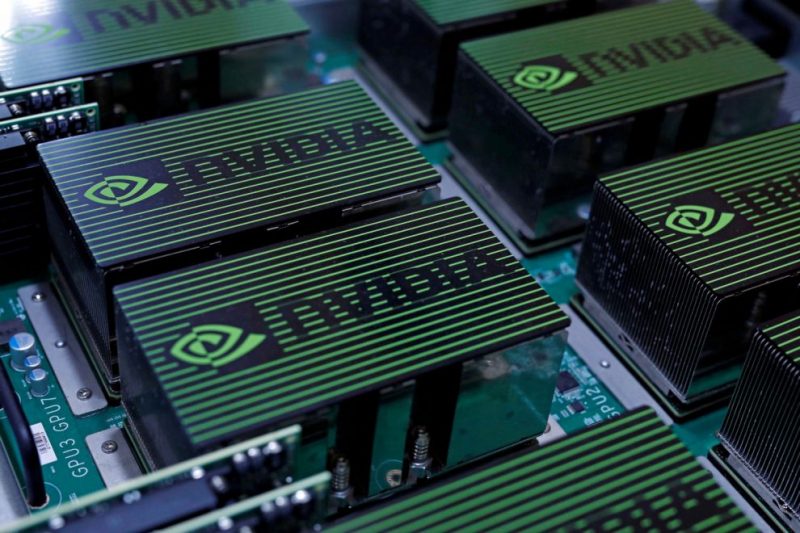Luxury automaker Jaguar Land Rover (JLR) and Silicon Valley artificial intelligence company Nvidia said on Wednesday they would collaborate to develop the computer brains and nervous systems for JLR cars launching in 2025 and beyond.
The companies did not disclose financial terms of their multiyear agreement.
The collaboration is a high-profile win for Nvidia’s effort to expand its reach in the automotive industry, building on its base in gaming, artificial intelligence and high-powered chips and software used in servers.
For JLR, the partnership with Nvidia gives it a well-funded ally as it tries to catch up with Tesla and other luxury vehicle rivals in a digital technology arms race.
“We can now accelerate our in-vehicle software,” Francois Dossa, JLR’s executive director for strategy, said during a conference call.
Working with Nvidia engineers, Jaguar Land Rover plans to develop vehicles that can drive themselves under certain conditions, park autonomously and provide more information and software-powered features to drivers, the companies said.
Upgradable Jaguars
The new Jaguars will be upgradable – as Tesla vehicles are today. The carmaker said it will use Nvidia technology to power simulations used to train autonomous vehicles.
Jaguar Land Rover has a previous deal with Alphabet Inc’s Waymo unit to deploy autonomous driving technology.
Dossa said the Waymo collaboration was limited to the Jaguar I-Pace electric SUV. The Nvidia alliance covers all Jaguar and Land Rover models to be launched from 2025.
Nvidia technology will act as the brains and the nervous system of JLR vehicles starting in 2025, said Nvidia’s vice president of automotive, Danny Shapiro.
Nvidia last month announced deals with several Chinese electric vehicle brands.
The company has said it has $8 billion in automotive business booked over the next six years. Shapiro said the company will update the figure during an investor day scheduled for March 22.
JLR, a subsidiary of India’s Tata Motors, has been struggling with rising costs and semiconductor shortages. It reported a narrow pretax profit for the quarter ended December 31, but Tata reported a larger quarterly loss than expected.
- Reuters with additional editing by Sean OMeara
ALSO READ:























